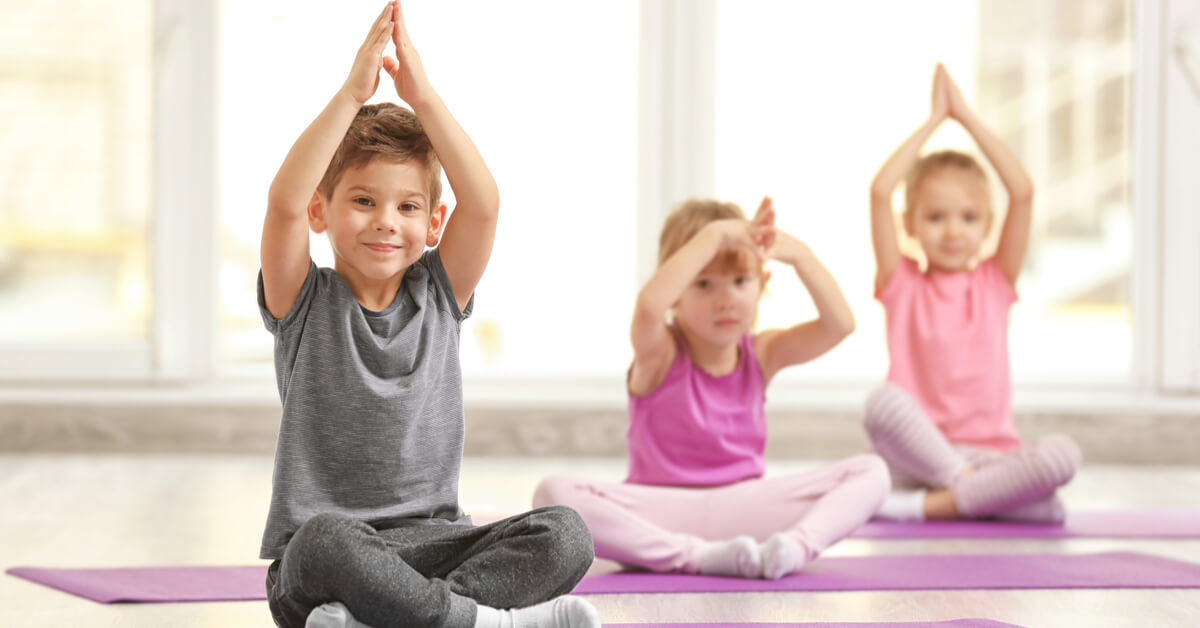March 17, 2022
The concept of “neuroplasticity” has been revolutionary for education. Our brains are always being rewired and forming new neural pathways, and for teachers, the implications couldn’t be greater. How we show up in our classrooms—our attitudes, habits, learning strategies, classroom designs, beliefs, everything—matters and affects the learner. The discovery of neuroplasticity has also revealed that the teacher-student relationship is interdependent. Teachers and students share the responsibility of learning. The magic is in the interaction. Teachers’ perceptions and subsequent actions matter, then, in a way that almost touches the sacred, given the awesome power of our position.
Yet, the famous neuroscientist, Robert Sapolsky, in his seminal work, Behave: The Biology of Humans at Our Best and Worst, argues that humans tend to assign “aptitude and impulse to biology and effort and resisting impulse to free will,” which suggests that though we recognize the concept of neuroplasticity, we do not always put it into practice. We know too much about our brains and biology to still believe in a traditional notion of free will. Our students, for example, are not choosing their effort levels or their self-control. That’s an oversimplification that supports an antiquated teacher-student duality. Students’ interactions…

